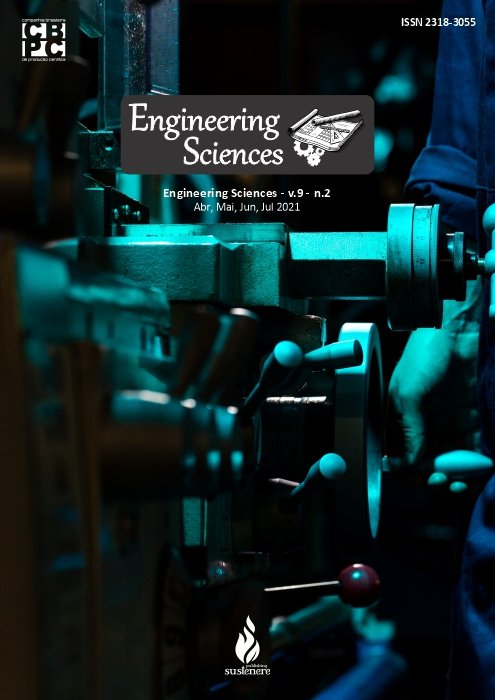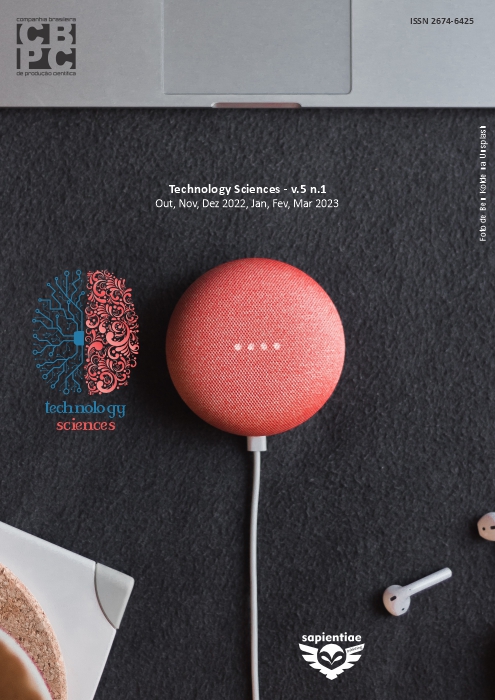Use of bamboo as a structural element in civil construction: a bibliographic review
DOI:
https://doi.org/10.6008/CBPC2318-3055.2021.002.0014Keywords:
Sustainable construction, Bamboo, Structural element, Architectural elementAbstract
Due to the increase in population, civil construction has intensified the exploitation of natural resources, significantly impacting the environment, and therefore the need to find alternative means to minimize impacts. Among the many sustainable construction techniques and elements that have emerged, the use of bamboo is noteworthy, it does not need replanting, it is free from corrosion or rust, making it an attractive structural element. In light of the above, this research aimed to conduct a data survey in order to characterize the use of bamboo as a sustainable element for architecture and civil construction, highlighting its benefits through research already published that deal with the theme. It is an applied, descriptive and exploratory research, with a qualitative approach, through a bibliographic research. Several researches have been found that show the widespread use of bamboo as a constructive and architectural element, which can be used in pillars, beams, frame for beams, slabs, floors, walls, roofs, tiles, and even furniture, with bamboo being a material of great resistance to compression and low weight, being able to substitute steel in several construction techniques. Despite this, the material is not widely used in Brazil, and there is a need for new research and works that emphasize the importance of bamboo for the future of sustainable construction. Architecture, as it is an area dedicated to the construction of harmonious works, and with an attractive design, can and should seek to use bamboo as a constructive element. It is concluded that the methodology used in the present research was satisfactory, allowing to consider that bamboo is a sustainable, viable and with a high cost x benefit for several civil constructions, being able to be used in a wide number of elements.
Downloads
Downloads
Published
Issue
Section
License
Copyright (c) 2021 Engineering Sciences

This work is licensed under a Creative Commons Attribution-NonCommercial-NoDerivatives 4.0 International License.
The CBPC - Companhia Brasileira de Produção Científica (Brazil CNPJ: 11.221.422/0001-03) the material rights of the published works. The rights relate to the publication of the work anywhere in the world, including rights to renewals, expansions and dissemination of the contribution, as well as other subsidiary rights. All electronically published works may subsequently be published in printed collections under the coordination of this company and / or its partners. The authors preserve the copyright, but are not allowed to publish the contribution in another medium, printed or digital, in Portuguese or in translation.








